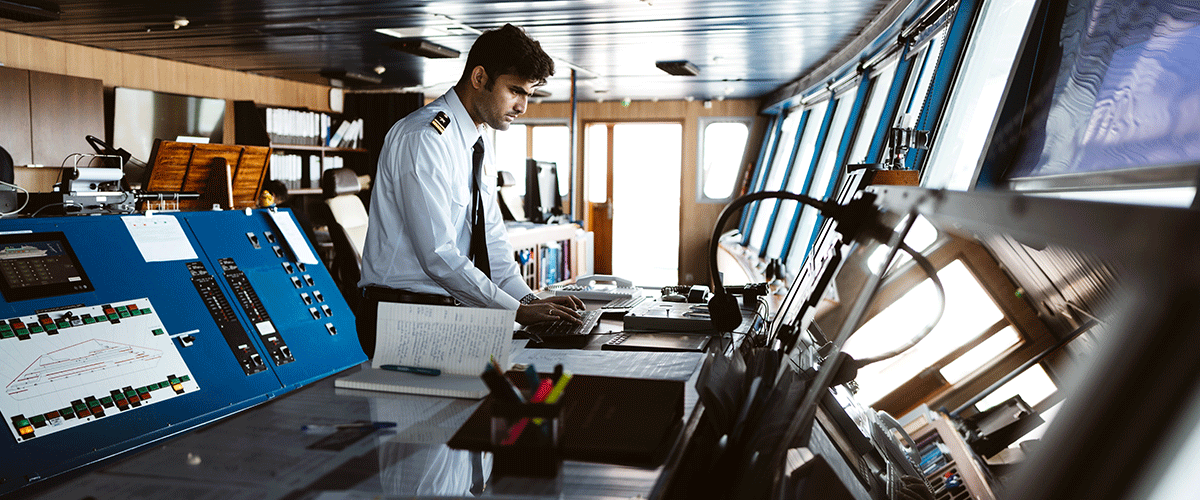Logbooks have been an essential part of maritime documentation for centuries. Whether it be an old explorer ship, a small sailing boat or a 20,000 TEU container vessel, all have logbooks on board. The maritime books are the ship’s diary, recording important navigational information, weather data, engine monitoring parameters, port calls and other operational activities. Traditionally, logbooks are handwritten – until now! With software module eLogs, BSM is taking the next step in the digitalisation of its ship management.
eLogs is used for the simple recording of logbook data in a digital format. The software enables BSM to standardise vessel logbook entries, and make them more transparent and available to teams ashore for further analyses. With the planned roll out of eLogs on all its more than 450 full-managed vessels BSM is showcasing its leading position as a digital third-party ship manager.
eLogs stands for Electronic Logbook, and it is a new module of the integrated ship management software smartPAL developed by MariApps, the wholly owned IT subsidiary of the Schulte Group. It is part of a unique digital portfolio the Schulte Group is providing to the maritime industry.
“With our new eLogs module we secure a high quality of logbook data through standardised entries. It will ease the workload on the bridge, thus giving officers more valuable time for other duties on board. At the same time data that has never before been available ashore is regularly mirrored to office-based teams to further improve transparency towards the owner, following regulations, voyage performance, efficiency as well as other use cases. This is a huge step in digitalisation because it is the data that drive our success in shipping,” says Nicholas Rich, Group Technical Manager – Systems at BSM.









